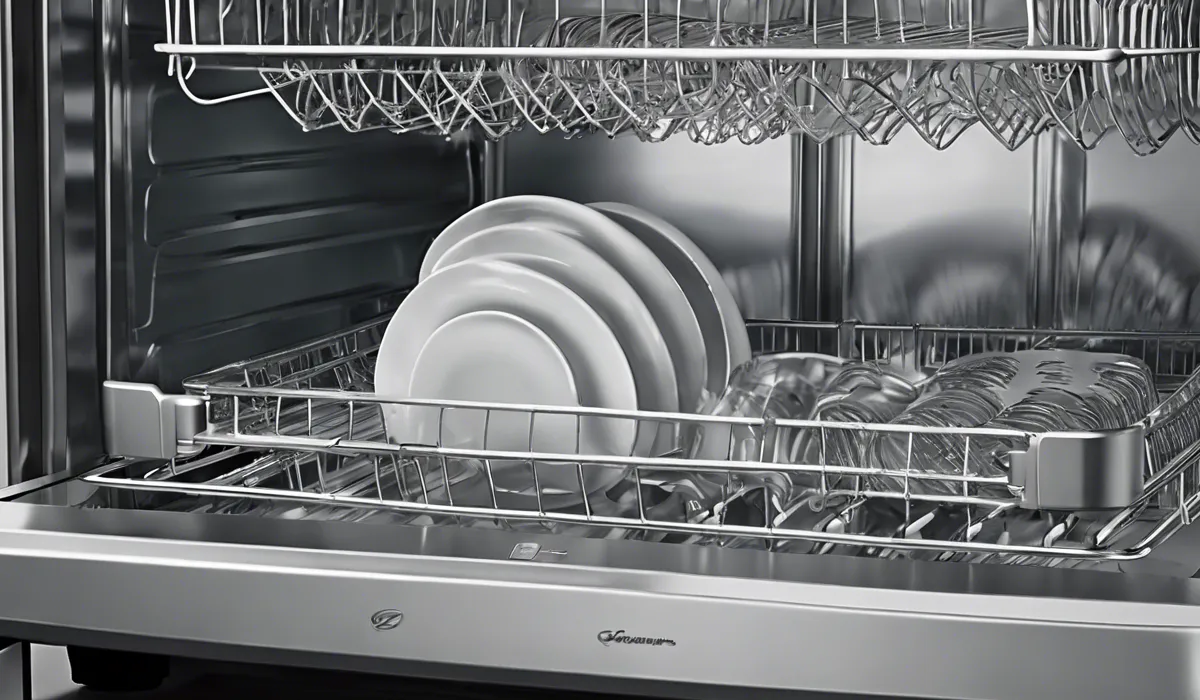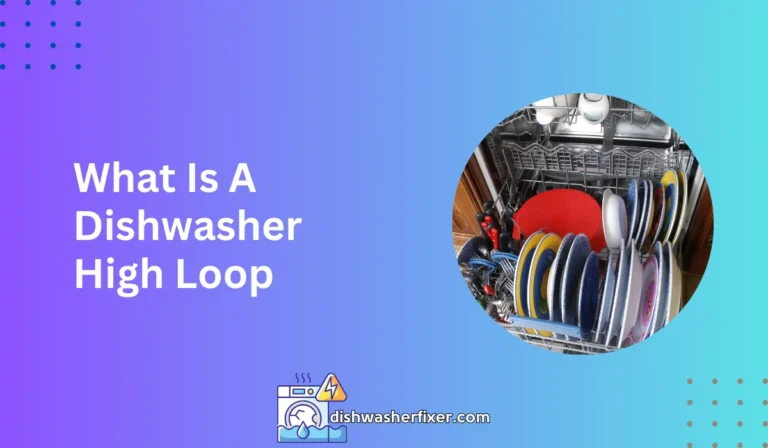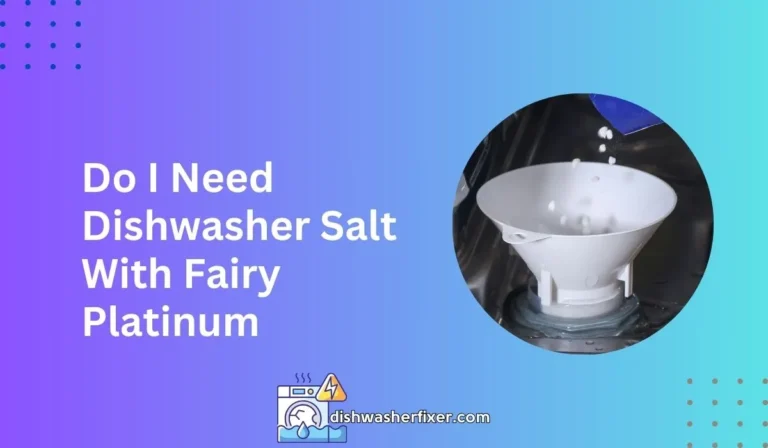How to Break a Dishwasher: A Cautionary Guide
To break a dishwasher, obstruct the spray arm, overfill the soap dispenser, or introduce non-dishwasher safe items. This can damage internals and lead to malfunction.
Understanding the Dishwasher Mechanics

Internal Components of a Dishwasher
Dishwashers are complex machines with various internal components working in harmony to clean your dishes. The heart of the dishwasher is the pump, which circulates water throughout the unit.
Attached to the pump is the motor, which powers the pump and the spray arms responsible for spraying water. The heating element is crucial for raising the water temperature to effectively sanitize and dry the dishes.
Water Inlet and Drainage Systems
The water inlet system of a dishwasher is responsible for bringing water into the appliance, while the drainage system ensures that dirty water exits after the cleaning cycle.
The water inlet valve controls the flow of water, and the drainage includes a filter to catch food particles and a pump to expel water through the drain hose.
Electrical and Control Systems
The electrical system powers the dishwasher, with the control panel serving as the user interface. Here you can select cycles and options for your wash.
The control panel also houses the dishwasher’s ‘brain,’ the electronic control board, which directs electrical currents to various components at the proper times.
Common Practices That Can Damage Your Dishwasher

Overloading the Dishwasher
Loading more dishes than the dishwasher is designed to hold can strain the motor and result in poorly cleaned dishes. Overloading can also block spray arms from rotating, preventing water from reaching all surfaces.
Incorrect Detergent Usage
Using the wrong type of detergent, or too much of it, can lead to excessive suds and possible leaks. Moreover, improper detergent can damage the dishwasher’s interior and affect its cleaning performance.
Inappropriate Items in Dishwasher
Non-dishwasher safe items can melt or warp, releasing harmful chemicals and potentially damaging the appliance. Items made of wood, certain plastics, and delicate glass should not be placed in the dishwasher.
Neglecting Maintenance and Cleaning
Regular maintenance, such as cleaning the filter and inspecting the spray arms, ensures the longevity of your dishwasher. Ignoring these tasks leads to buildup and decreased efficiency.
Hard Water’s Effects on Dishwashers
Hard water contains high levels of minerals that can accumulate in your dishwasher, clogging the jets and reducing cleaning power. Over time, these deposits can cause significant damage to the heating element and other components.
Intentional Methods to Break a Dishwasher

Tampering with Electrical Components
Intentionally messing with the electrical components, such as the control panel or wiring, can cause a short circuit or complete appliance failure. This is dangerous and can lead to severe consequences.
Obstructing Spray Arms and Pump
Placing objects that block the spray arms or pump can prevent the dishwasher from functioning correctly. These obstructions can lead to motor burnout or a failure to clean dishes.
Introducing Foreign Objects
Adding objects that are not meant to be washed, such as clothes or large food debris, can clog the filter and damage the pump, leading to costly repairs or the need for a replacement.
Manipulating Water Inlet or Drainage
Altering the water inlet or drainage system to cause an overflow or dry run can result in water damage to your kitchen or damage to the dishwasher’s internal components.
Misuse for Non-Dishwashing Purposes
Using the dishwasher for purposes other than washing dishes, such as cleaning tools or shoes, can introduce harmful chemicals and debris, leading to damage and contamination of future wash cycles.
FAQs About Dishwasher Misuse
What happens if you obstruct the spray arm in a dishwasher?
Obstructing the spray arm can prevent the dishwasher from cleaning dishes effectively and lead to motor or pump damage due to strain.
Is overfilling the soap dispenser in a dishwasher harmful?
Yes, overfilling the soap dispenser can cause excessive suds, leading to leaks, residue on dishes, and potential damage to the dishwasher’s internal components.
What are the risks of putting non-dishwasher safe items in a dishwasher?
Non-dishwasher safe items can melt or warp, releasing harmful chemicals or damaging the dishwasher’s interior and clogging filters.
Can using the wrong detergent break a dishwasher?
Using the wrong detergent, such as hand dishwashing soap, can create too many suds and cause the dishwasher to overflow, which might lead to mechanical failures.
How can overloading a dishwasher cause it to break?
Overloading a dishwasher can obstruct spray arm movement and prevent water from circulating properly, which may burn out the motor and stress other components.
Final Thoughts
Deliberately obstructing the spray arm, overloading the soap dispenser, or placing non-dishwasher safe items inside can all lead to a dishwasher’s demise.
Such actions can cause significant damage to the machine’s internal components, potentially resulting in a complete malfunction.





